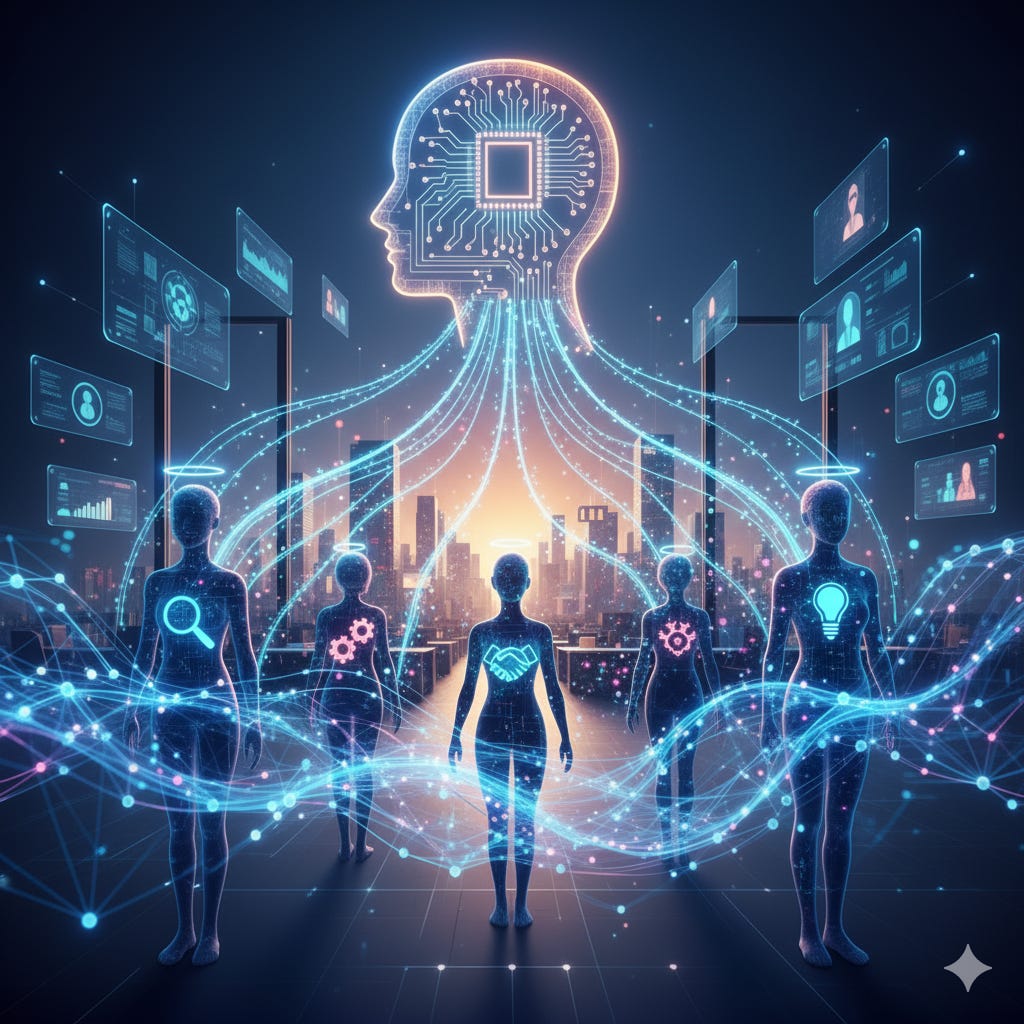The Recruiter Renaissance
Transformation, Not Elimination: How AI Is Reshaping Talent Acquisition
As artificial intelligence grows more capable, its impact on work is profound, but not in the “robots replacing humans” sense. Instead, AI is transforming the composition of work, the skills required, and the relationships between people and technology.
For talent acquisition professionals, these shifts redefine how organizations attract, hire, and reta…


